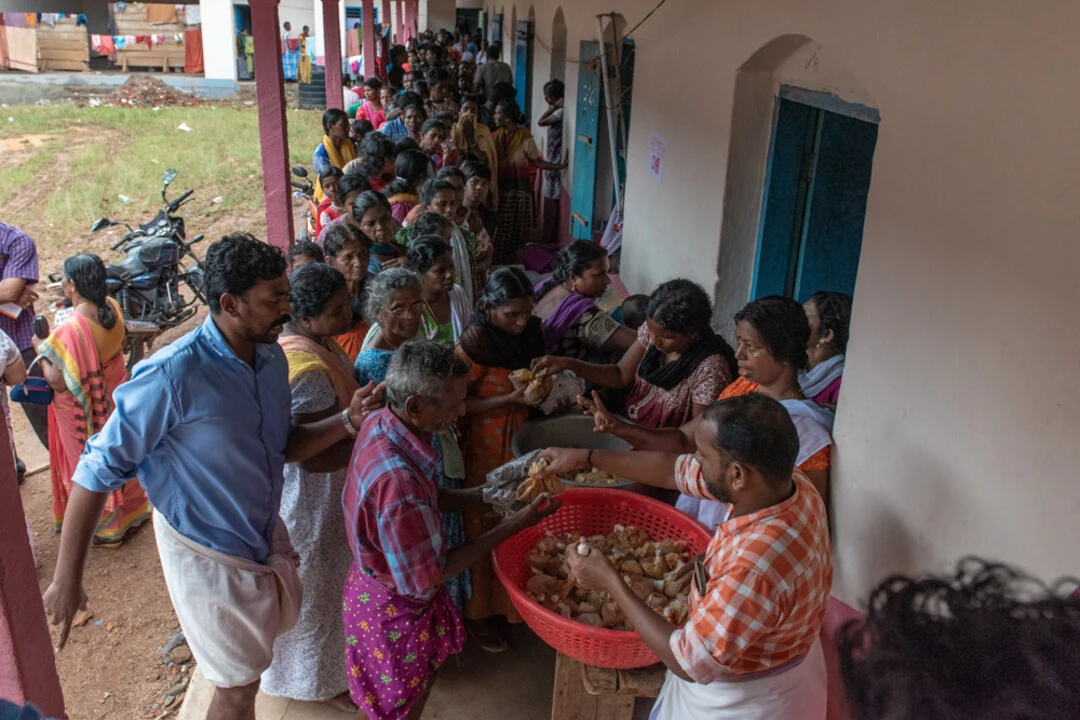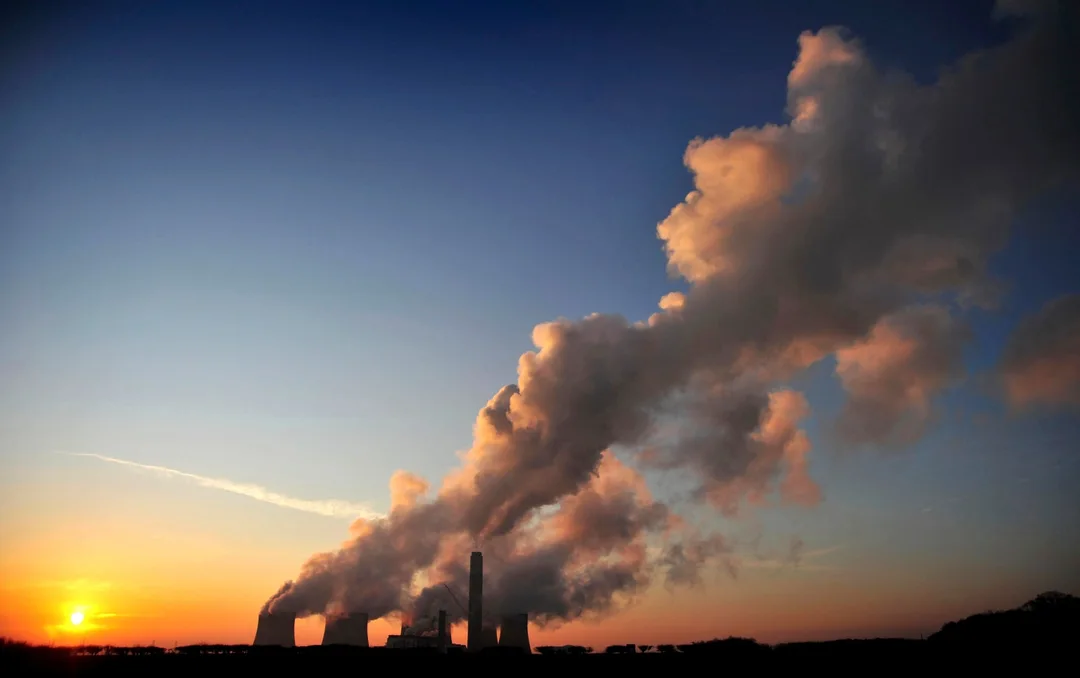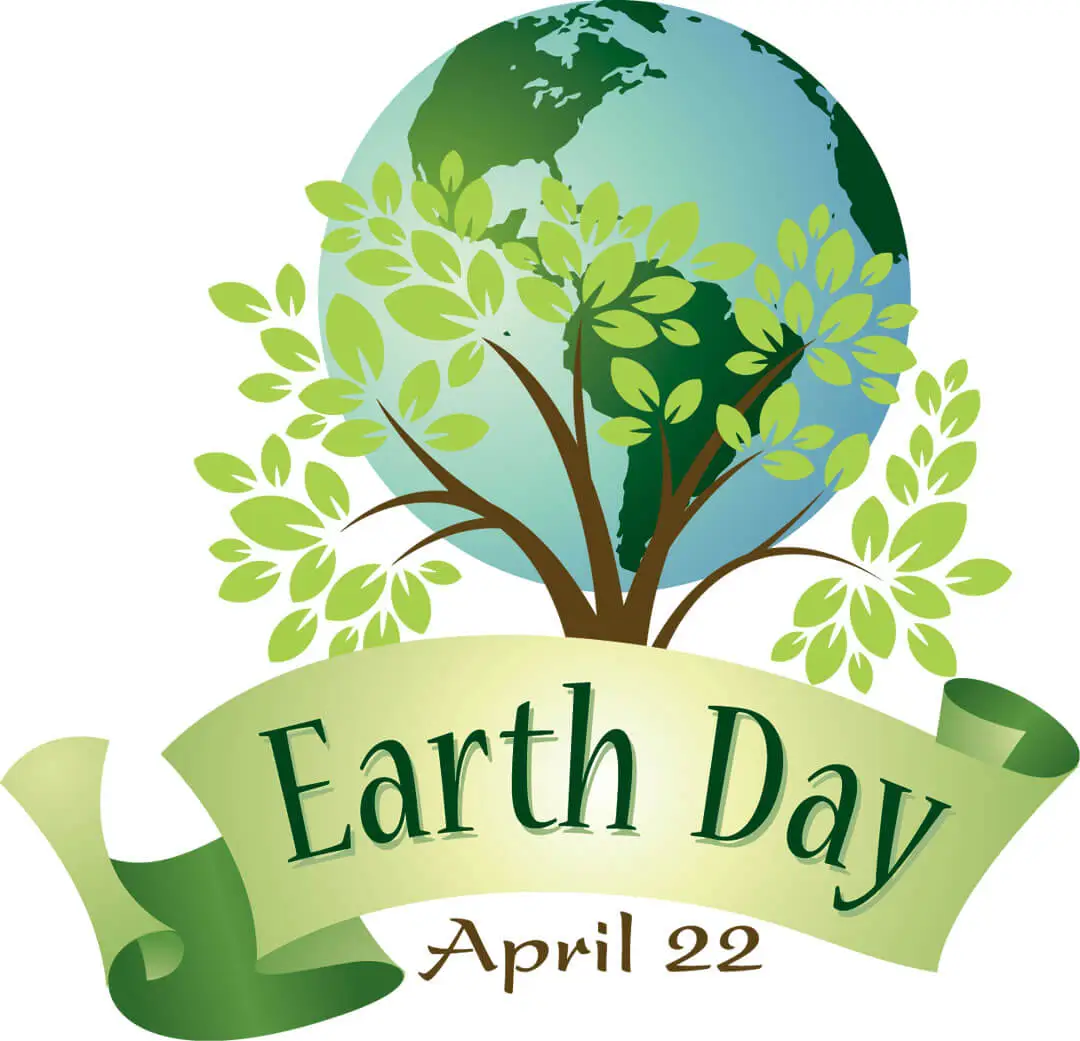The year 2018 was marked by a series of humanitarian crises that tested the resilience of communities and the capacity of aid organizations worldwide. From natural disasters to conflicts and displacement, the challenges were immense, but so were the efforts to provide relief and hope. This article takes a closer look at some of the most significant humanitarian events of 2018 and the global responses that aimed to alleviate suffering and rebuild lives.
Natural Disasters: The Wrath of Nature
1. Indonesia Earthquakes and Tsunami
Indonesia faced a series of devastating earthquakes in 2018, culminating in a powerful 7.5-magnitude quake that triggered a tsunami in Sulawesi. The disaster claimed thousands of lives and left entire communities in ruins. Aid organizations, including World Vision, mobilized quickly to provide emergency relief, including food, clean water, and shelter.
2. Kerala Floods in India
Heavy monsoon rains led to catastrophic flooding in Kerala, India, displacing hundreds of thousands of people and causing widespread destruction. Relief efforts focused on providing temporary shelters, medical aid, and rebuilding infrastructure. The floods highlighted the urgent need for climate resilience and disaster preparedness.
3. Hurricane Michael and Florence
The United States experienced two major hurricanes in 2018—Michael and Florence. These storms caused significant damage to homes, infrastructure, and livelihoods, particularly in the southeastern states. Humanitarian organizations worked tirelessly to support affected communities with recovery and rebuilding efforts.
Conflict and Displacement: The Human Cost of War
1. Syrian Refugee Crisis
The Syrian conflict continued to drive one of the largest refugee crises in modern history. By 2018, millions of Syrians had fled their homes, seeking safety in neighboring countries and beyond. Humanitarian agencies provided critical support, including food, education, and psychosocial care, to displaced families.
2. Rohingya Refugee Crisis
In Bangladesh, the Rohingya refugee crisis persisted, with over 700,000 people fleeing violence in Myanmar’s Rakhine State. Living in overcrowded camps, refugees faced challenges such as inadequate sanitation and limited access to healthcare. Aid organizations focused on improving living conditions and addressing the needs of vulnerable populations.
3. Yemen Conflict and Famine
The ongoing conflict in Yemen led to a severe humanitarian crisis, with millions facing famine and lack of access to basic services. The international community called for increased aid and a resolution to the conflict to prevent further suffering.
Health Emergencies: Fighting Disease Outbreaks
1. Ebola in the Democratic Republic of the Congo
The Democratic Republic of the Congo (DRC) faced an Ebola outbreak in 2018, posing a significant public health challenge. Humanitarian organizations worked alongside local authorities to contain the virus, provide medical care, and educate communities about prevention measures.
2. Hunger and Malnutrition in East Africa
East Africa continued to grapple with hunger and malnutrition, exacerbated by drought and conflict. Aid agencies implemented programs to address food insecurity, support agricultural livelihoods, and provide nutritional support to children and pregnant women.
Innovative Humanitarian Responses
1. Cash Assistance Programs
In 2018, cash assistance emerged as a transformative approach to humanitarian aid. Organizations like World Vision used e-cards and mobile transfers to empower disaster survivors and refugees to purchase essential items, promoting dignity and economic recovery.
2. Technology in Disaster Response
Advancements in technology played a crucial role in improving disaster response. From drones for damage assessment to mobile apps for coordinating relief efforts, innovation enhanced the efficiency and effectiveness of humanitarian operations.
The Role of Global Solidarity
The crises of 2018 underscored the importance of global solidarity and collaboration. Governments, NGOs, and individuals came together to provide aid and advocate for vulnerable populations. While the challenges were immense, the collective efforts of the global community brought hope and relief to millions.
Conclusion: Lessons from 2018
The humanitarian events of 2018 highlighted the resilience of affected communities and the dedication of those who work to support them. As we reflect on the year, it is clear that addressing the root causes of crises, investing in preparedness, and fostering global cooperation are essential for building a more compassionate and resilient world.
by World Vision







